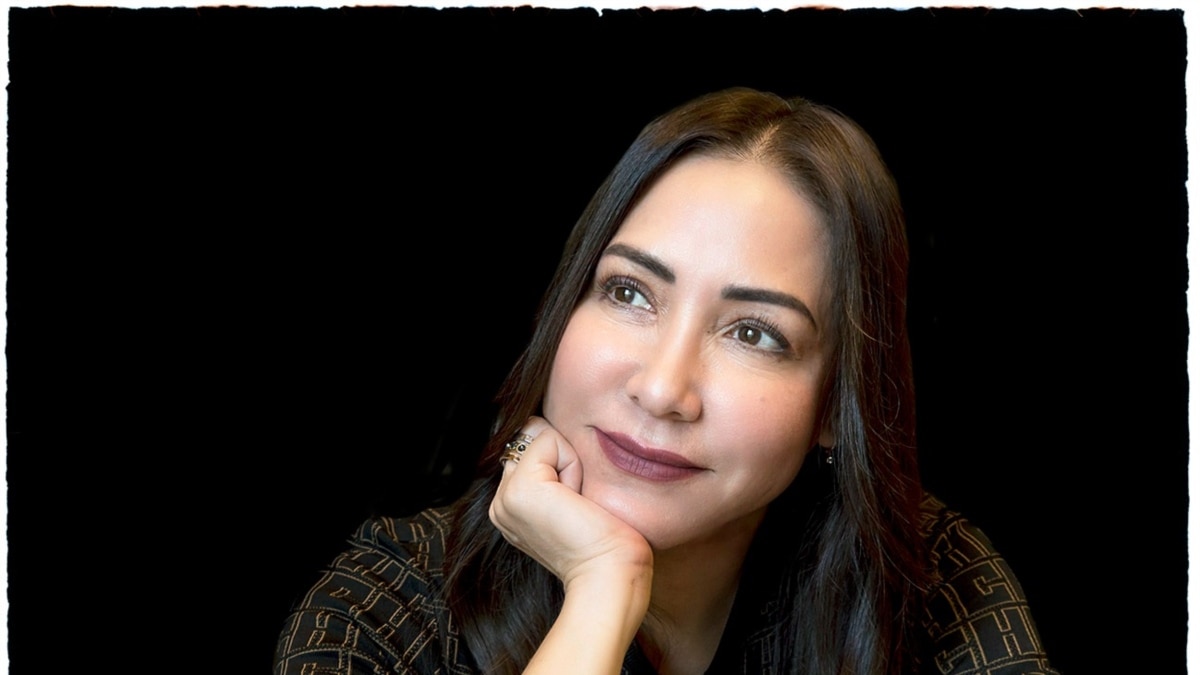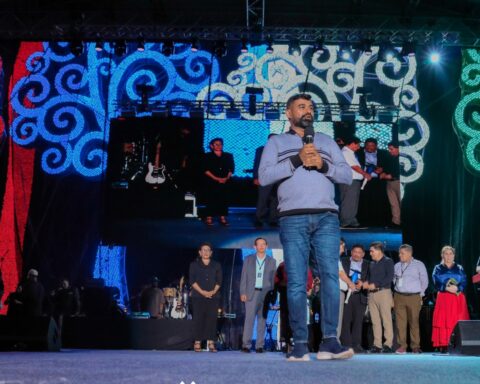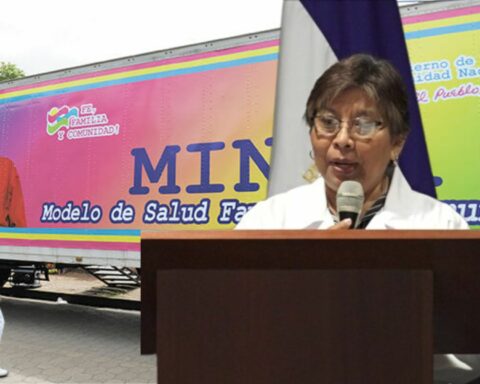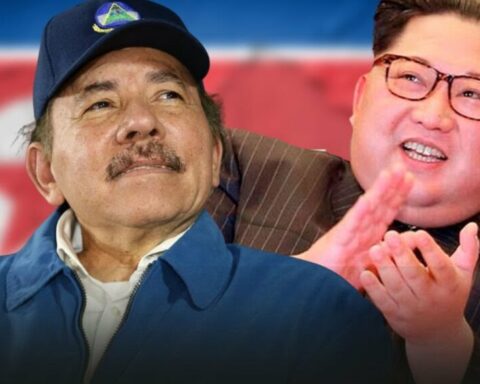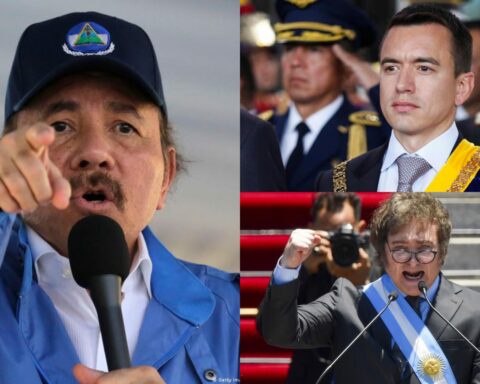Ligia Urroz Argüello (Managua, 1968) intersperses a Nicaraguan and Mexican accent. “For me they are like life itself. I left Nicaragua and arrived in Mexico, my mother tongue is Nicaraguan and that is not lost, but one is one of the places where one steps.
In the 11 years that he lived in his native country, he visited dictator Anastasio Somoza Debayle, a family friend, with his parents. He was like an uncle to her.
Economist with studies in Mexico, London or Barcelona, he went from the financial sector to literature. “La Muralla” (2009, 2017) is “a novel about migration and losing one’s homeland.” “The Color Purple”, “Persepolis” and “The Life of Adéle” (2018) is an essay on comparative literature with a gender perspective.
“But if I got into writing it was to write ‘Somoza’ (Planeta, 2021), because it is self-fiction. I knew him first-hand, I lived many anecdotes about Nicaragua with him. It was something I needed to write down.”
“Somoza” returned at the recent Festival Centroamérica Cuenta, held in Madrid. The novel reconstructs the commando operation that killed the former dictator in Paraguay and recalls the end of his government in the eyes of that girl who visited him until she went into exile with her family.
“I believe that war should not be seen by anyone, much less by children’s eyes. When I arrived in Mexico at the age of 11, I was no longer a girl.”
lose innocence
Ligia Urroz remembers how the bullets went from the news to her house. With the shooting in the background, several Sandinista guerrillas burst in looking for weapons. One of them, a teenager, entered the room where the children were.
“We made a line leaning our backs against the wall like a small firing squad,” the author recalls in the book. They looked at each other for a moment, three days later she saw how they burned the corpse of that guerrilla at the door of his house, and two weeks later he was already in Mexico.
“Such an extreme life change leads to holding on to what you had before. Do you hang on your memories or do you hang on your memories? Do you yearn and live in them, or do you yearn and live in them? It’s all so symbiotic. I am a. Made up of many. The one that speaks in Mexican, but that can automatically change to Nicaraguan, ”she reflects on her pages.
Only until he arrived in Mexico did he begin to hear that Somoza was called a “dictator”, but then he did not understand. “That gentleman with me was loving, dear. He was a different person than the one I knew, so you want to rescue that innocence. Knowing what happened between the person you met and how you realize that what you were looking at was not the perfect photo of what was happening”.
That was his impulse. “I start writing the novel because my blood boils. I had to put together that puzzle of the young Ligia, who tells her anecdotes with the dictator, and the adult Ligia, who reflects and realizes that there is a gap between what I saw and what people thought.
Somoza and Ortega
“I could not return to Nicaragua until 30 years later,” he says. And it took almost 10 more for the same thing to happen to him. “We are in a second exile. I am a voice that speaks out against the dictatorship and if I see that they are committing terrible crimes against human rights, I will not remain silent”.
This month published the article “The Ortega-Murillo dictatorship destroys culture beyond its borders”in the magazine Letras Libres, in which he denounces the censorship against the sector.
The novel about Somoza was ready in early 2018, but in April the protests and repression began in Nicaragua.
“The same pattern of a person thirsty for power who does not want to leave it was being replicated and I said no, here I also have to talk about the new dictatorship, how it is a treadmill of pain that repeats itself. We continue to kill each other among brothers and it is important that we learn from history.”
“In the spring of 2018, the president of Nicaragua sent paramilitaries to kill,” he recalls. “Now the political prisoners are inside [de la cárcel] of the Chipote. They can’t even talk to their families and for me that is another way of killing. Assassinate culture, assassinate ideas and assassinate freedom”.
an exile of his own
That position closed his circle of having to leave the country, return and now not being able to do it again. “The exile at first was forced. I had no power of decision. It is very different from 30 or 35 years later, when I presented La Muralla, which was received very warmly”, he recalls while maintaining the longing for the migrant.
“I want to go back to Nicaragua, see my people again, take my literature back, and now it’s not possible. This second exile is frustrating, like rage, like courage.”
Ligia Urroz, however, recognizes the privilege of her case: “That exile when you want to change because maybe the economic or social conditions are not right, but you have the freedom to come and go.”
Although he was not always able to return to Nicaragua, he now lives between Mexico and Spain. “For me he has been very productive, very rich, because you learn from other cultures, you are filled with many things.”
Like her, outside of Nicaragua there are other writers such as former president Sergio Ramírez or Gioconda Belli, both with Sandinista pasts who confronted Somocismo and who later distanced themselves from Ortega.
“Sergio also lived a double exile, first with Somoza and now again. He is already in the last part of his life and he doesn’t know when he will be able to return. I hope to return in the coming years.”
Connect with the Voice of America! Subscribe to our channel Youtube and turn on notifications, or follow us on social media: Facebook, Twitter and Instagram.

